Drawing the human body is a rewarding skill that allows you to capture the essence of humanity in your artwork. Mastering body drawing requires an understanding of anatomy, structure, and key techniques. Whether you’re sketching elegant dancers or dynamic athletic poses, knowing these fundamentals is crucial.
By focusing on various drawing techniques, you can elevate your work from basic outlines to detailed illustrations. Incorporating light, shade, and texture adds depth, bringing your characters to life on the page. Exploring facial expressions and age-specific characteristics will further refine your ability to convey emotion and personality.
Recognizing the nuances in drawing children versus adults can enhance your versatility as an artist. Each phase of learning demands patience and practice, guiding you to accurately represent the diversity and movement inherent in the human form.
Key Takeaways
- Understanding anatomy and structure forms the base of body drawing.
- Light, shade, and texture enhance depth in your drawings.
- Differentiating age-specific features boosts versatility in sketches.

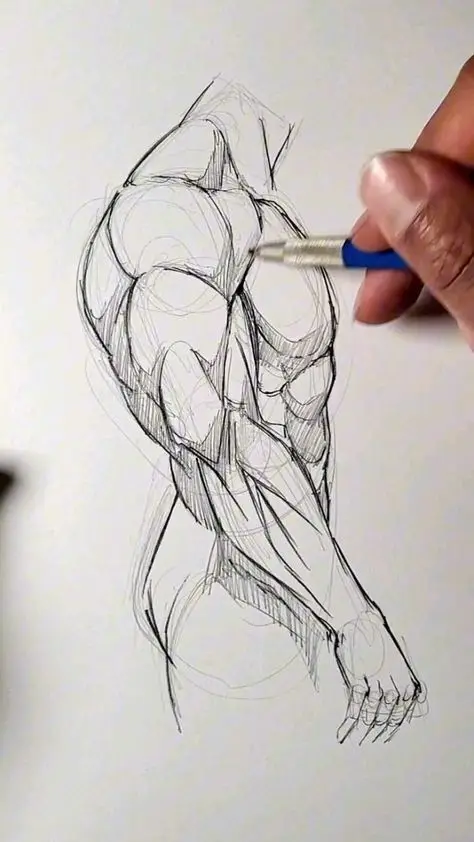
Fundamentals of Figure Drawing
Mastering figure drawing involves understanding key aspects, such as the balance and proportions of the human body and the significance of the spine. These elements interact to create lifelike and dynamic representations.
Understanding Human Proportions
When drawing the human body, getting the proportions right is crucial. Start with a basic unit of measurement, often the head, and use it to scale other body parts.
For instance, an average adult is roughly 7.5 to 8 heads tall. Measuring using the head helps maintain consistent body proportion.
Observe where the midway point of the body is, typically around the hips. This ensures balance in your drawing. Practicing gesture drawing can help you quickly capture the essence and movement of a pose.
The Role of the Spine in Figure Drawing
The spine is the central structural element of the body. It influences posture and movement, making it essential in figure drawing.
Begin by sketching a simple line or “S” shape to represent the spine, capturing the body’s natural curve. This guides how other body parts align and move.
Understand that the spine remains flexible, yet supports different body proportions. Its curves, especially in the lumbar and thoracic regions, dictate the thrust of shoulders and hips. Learn to visualize the spine as a series of interconnected vertebrae, adjusting your drawing to portray dynamic and flexible stances.
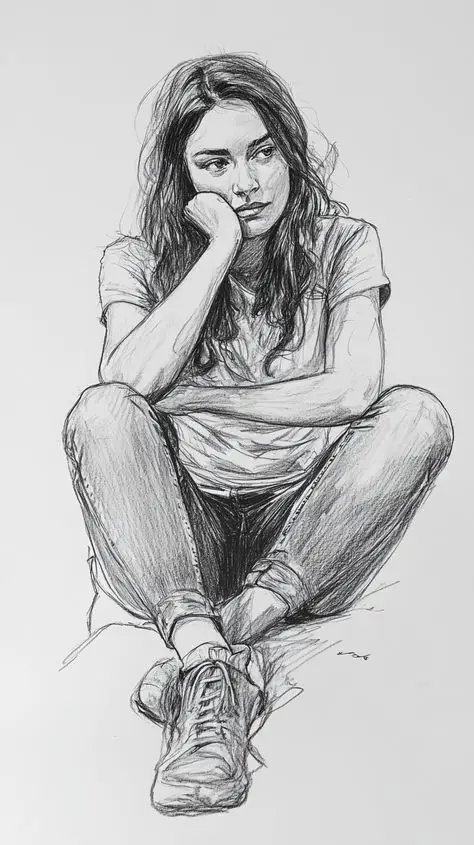
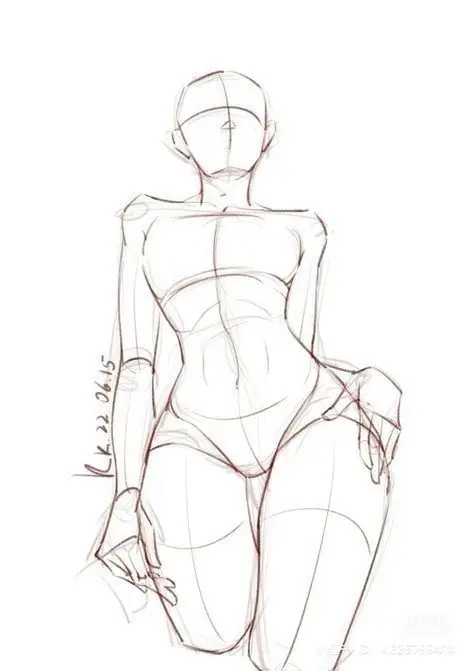
Techniques for Drawing the Human Figure
To effectively draw the human figure, it’s important to understand proportions, master contour techniques, and follow a structured step-by-step process. Whether you’re a beginner or experienced artist, focusing on these elements will enhance your skills and result in more accurate representations of the human body.
Step by Step Process for Figure Drawing
Begin your figure drawing journey with a basic framework. Start by sketching simple geometric shapes that correspond to different parts of the body — circles for joints, rectangles for limbs, and ovals for the head and torso.
Build on this structure by adding details gradually.
Next, connect these shapes with flowing lines to represent the body’s movement. This approach helps maintain proper posture and dynamic poses. Once the preliminary lines are in place, you can add muscle definition and flesh out the figure.
Attention to angles in joints and limbs will add realism. Practice regularly and refine your technique over time to achieve more lifelike drawings.
Mastering Body Proportions
Understanding body proportions is crucial for drawing the human figure accurately. A common method starts with the head, which serves as a unit of measurement for the rest of the body. For example, the average adult figure is typically about seven to eight heads tall.
Focus on the relationships between body parts.
For instance, the torso often measures about two and a half heads, while the legs make up around half the figure’s total height. Different body types will have their own unique characteristics, so observe a variety of figures to enhance your understanding. Keep proportions consistent across your drawings to create balanced and harmonious artwork.
Exploring Contour Techniques
Contour drawing is about capturing the outline and shape of the figure. Begin with a single, continuous line that follows the outer edge of the model. This helps you focus on the silhouette and overall form.
Contour lines should be smooth and confident, mimicking the curves of the human body.
Explore varying the weight of your lines to indicate light and shadow, which adds depth and dimension. Practice using blind contouring once you’re comfortable, which involves drawing the contour without looking at your paper. This technique sharpens your observational skills and helps you concentrate on precise depiction.
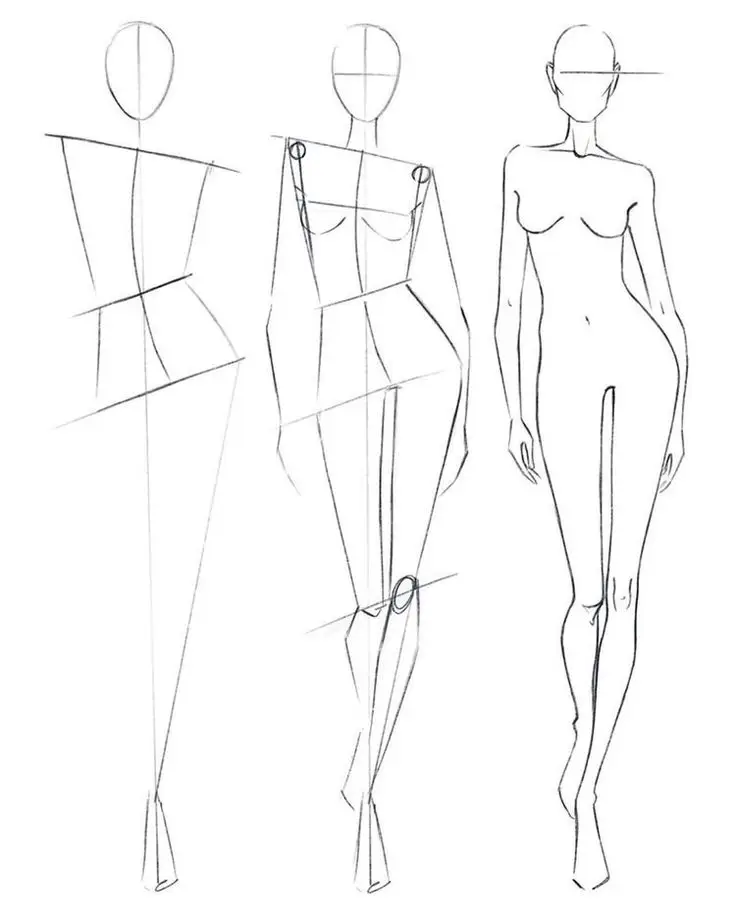
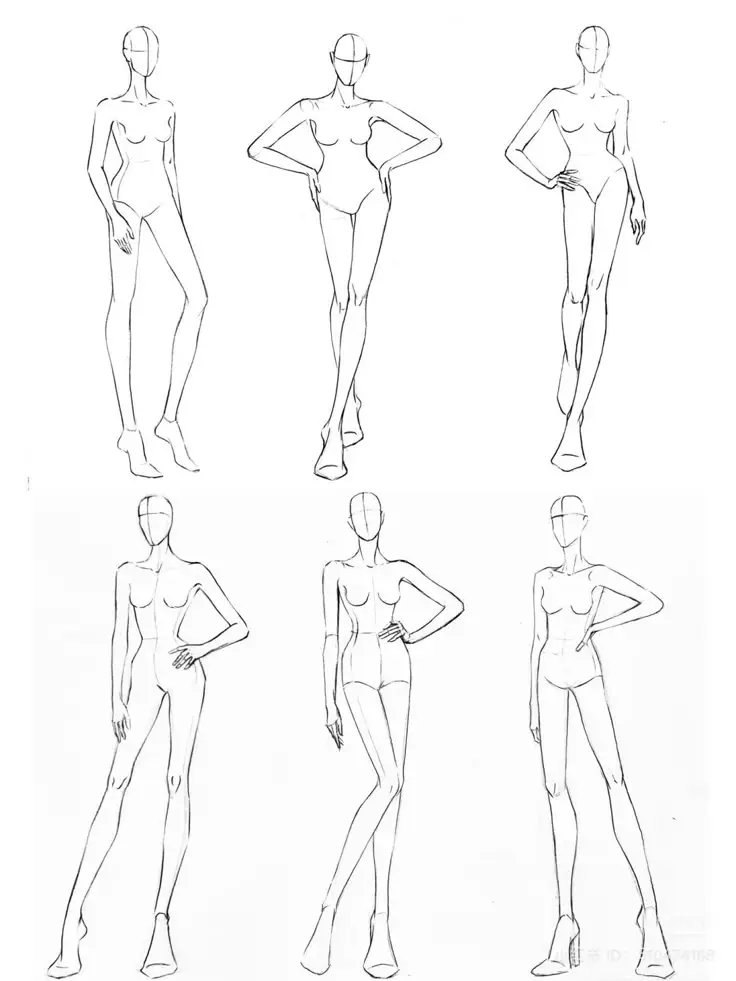
Anatomy and Structure
Understanding body drawing begins with an emphasis on the anatomy and structure of the human figure. You will find that accurate portrayal relies heavily on grasping the essentials of bone structure and the influence of musculature on various poses.
Bone Structure Essentials
When drawing the human figure, the skeletal structure acts as the framework. A clear comprehension of basic bones like the spine, pelvis, and limbs is crucial. For instance, the spine supports the torso’s posture, while the pelvis serves as the anchor for the legs and affects overall balance.
The proportions of these bones also dictate the body’s symmetry. An average adult stands approximately seven to eight heads tall. Recognizing these proportions helps in achieving a realistic representation. To enhance accuracy, consider sketching light guidelines for bone landmarks, such as the shoulders and hips, to establish a coherent structure.
Musculature and its Impact on Poses
Muscles significantly influence the dynamics of poses by altering the body’s contour. Key muscle groups, such as the biceps, quadriceps, and latissimus dorsi, define the aesthetic and motion of the figure. The tension and relaxation of these muscles change with different poses.
For example, a flexed arm will exhibit tightened biceps. You should pay attention to how these muscles stretch and contract, especially during exaggerated poses. This knowledge not only aids in realistic portrayal but also enhances your ability to visualize and create more dynamic and lifelike illustrations. Keeping muscle maps handy can be incredibly useful when adding depth and volume to your artwork.
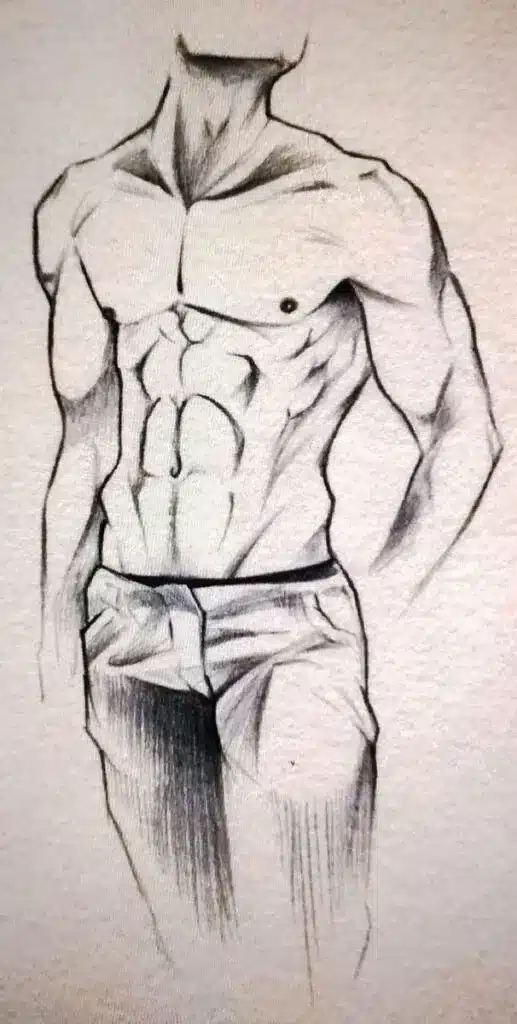
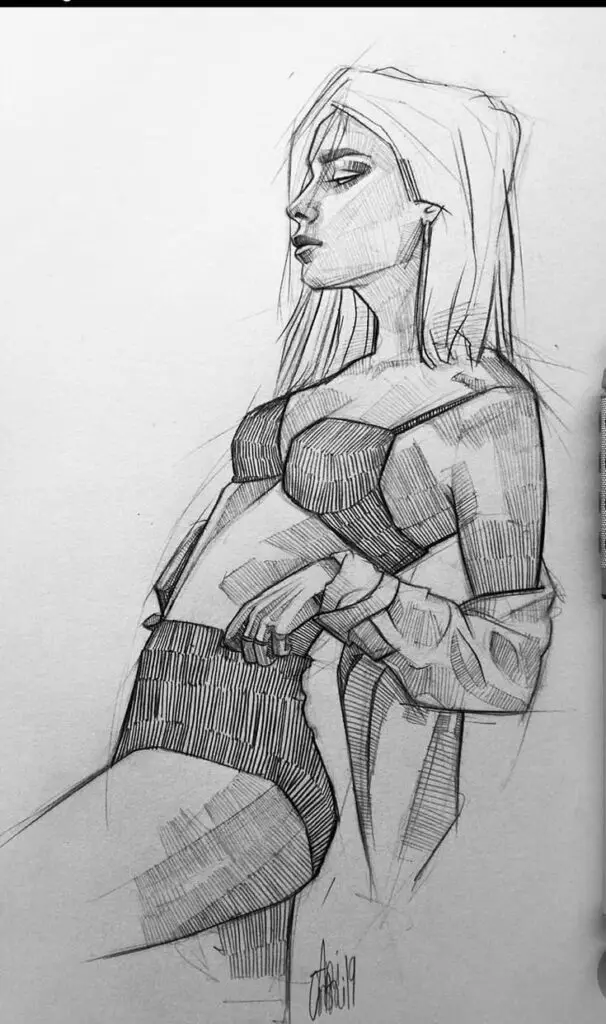
Light, Shade, and Texture
Properly handling light and shade can give your body drawings depth and realism, while understanding how to texture clothing adds detail and life to your artwork. These elements are crucial for accurately portraying the contours and details of the human form.
Shading Techniques for Realism
To achieve a realistic effect in your drawings, it’s essential to master light source identification. This involves determining the direction and intensity of the light hitting your subject. Once established, vary your shading to reflect the light source, using softer edges for softer lighting and harder edges for direct lighting.
Hatching and cross-hatching are effective methods to illustrate different tonal values. Use light strokes for lighter areas and denser lines for darker shadows. Blending with tools like blending stumps or even your fingers can smooth transitions and diffuse harsh lines. Always remember: light areas require minimal shading, while shadow-heavy areas demand more.
Depicting Fabric and Clothing
Depicting fabric involves paying attention to the folds and textures. The way fabric drapes over the body influences how you should apply shading. Fabrics with more texture, such as wool or velvet, need careful attention to how light plays off their surfaces.
To emphasize texture, use small strokes and differing pressure to mimic the natural fibers of the material. Focus on how the fabric interacts with shadows. Look for where shadows gather in the folds. Highlighting edges where light catches helps define the form, and employing detailed linework can bring your clothing to life, adding depth and realism.
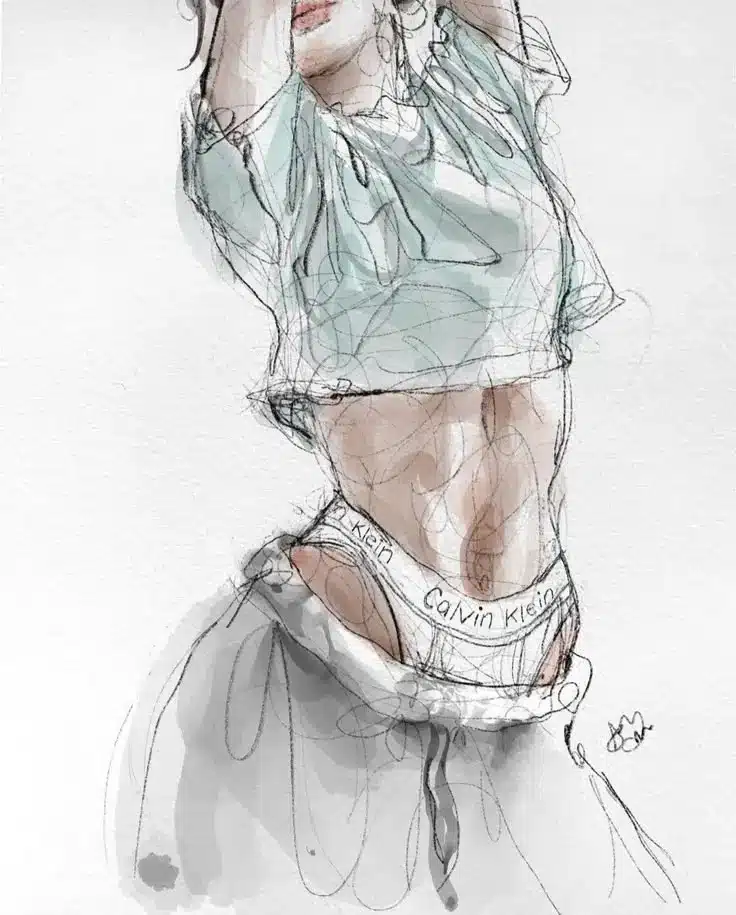
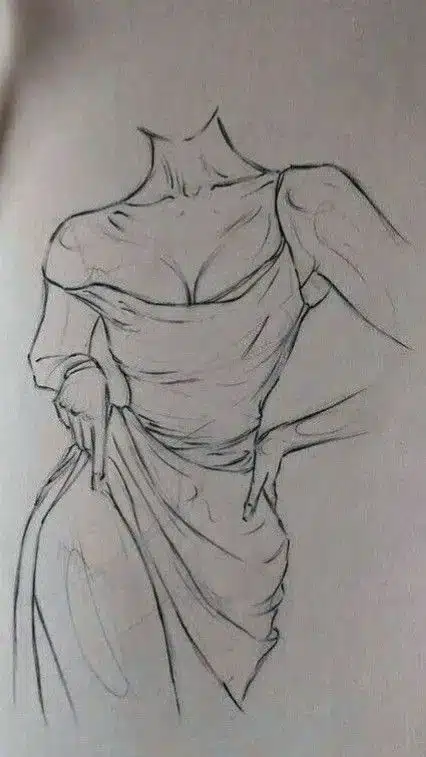
Facial Features and Expressions
When drawing facial features and expressions, focus on capturing the subtle nuances that convey emotions effectively. Understanding the anatomy of the face is critical to depicting lifelike expressions.
Capturing Emotion through Facial Features
To express emotions, study how different facial muscles move. The eyebrows, eye shape, and mouth contribute significantly to depicting emotions.
Eyebrows: Their position and angle can indicate surprise, anger, or sadness. Pay attention to their curvature and placement.
Eyes: Reflect the inner feelings of a character. Details such as pupil size and eyelid position shift with different emotional states.
Mouth: Its position, whether open, closed, or curved, communicates feelings like happiness, sadness, or surprise.
Observe real-life expressions for reference. Practice is key to honing your skill in drawing these elements naturally and consistently.
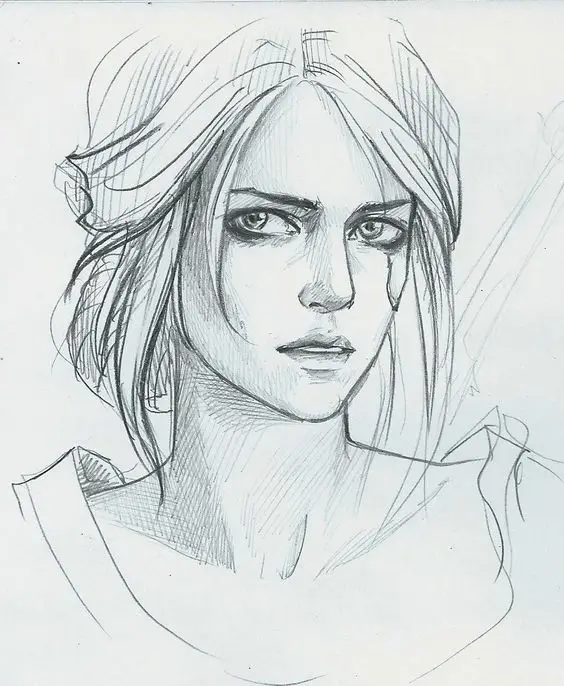
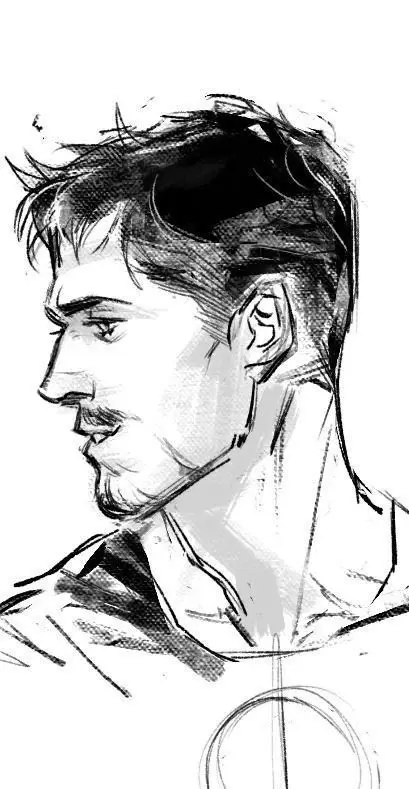
Drawing Children and Age-Specific Characteristics
When drawing children, understanding age-specific characteristics is crucial. Children’s proportions differ significantly from adults. Their heads are often larger compared to their bodies.
With toddlers, you might notice their head is about one-quarter of their total height. As children grow, their bodies lengthen and proportions become more balanced.
In the pre-schematic stage (ages 3-5), you begin to see basic shapes combined. Stick figures might emerge, with a circle for the head and lines for limbs.
As they reach the schematic stage (around 6-9 years old), drawings gain more structure. You may see improved placement of facial features, such as eyes, nose, and mouth. Additionally, more detailed clothing or setting elements might appear.
During the gang stage (ages 9-12), realism becomes more prominent. Children focus on details, adding things like fingers and more accurate body shapes. They often try to capture motion and emotion.
Teens further develop their skills, focusing on achieving realistic depictions. Body proportions and facial expressions are emphasized, along with experimenting with artistic styles and perspectives.
To support children’s development in drawing, provide opportunities to engage with various materials and models. Encouraging them to examine how bodies move and relate in space can help refine their skills.
Utilizing reference guides can be beneficial. They offer step-by-step instructions or visual aids that illustrate how proportions change with age. By observing these details, you gain insight into the art of representing children accurately.
- 1.8Kshares
- Facebook0
- Pinterest1.8K
- Twitter0



